Police message to stakeholders is clear: adjustments in operations would be reflected in the everyday lives of citizens
If the ongoing government budget session fails to bring any changes in the level of police appropriations, rapid measures will be needed to adjust operations starting as early as next year.
The police do not have the budget appropriations to maintain operations at their present level. This suggests that it will not be possible to continue to strengthen the fight against human trafficking, step up the fight against cybercrime and improve policing in sparsely populated areas, all of which have been funded for only a year.
So noted National Police Commissioner Seppo Kolehmainen on opening the National Police Board’s virtual seminar for stakeholders on How do the Police safeguard everyone at all times today and tomorrow? on Thursday 26 August.
Kolehmainen said that as far as the police were concerned, the situation in the spring was so untenable that immediately after the decision on spending limits the police started to brace themselves and prepare for the worst, i.e. adjusting to the existing limits.
”The police will no longer be able to continue short-term operations patched up with supplementary budgets but need a base for long-term planning,” he pointed out in his speech.
He said that there is still a gap of around €40 million between the Ministry of Finance’s proposal and the that of the police.
Situation badly skewed
In her speech, Anne Aaltonen, Director of Administration at the National Police Board, explained the use of police funding and the plans for adjustment.
”As we entered into 2021, the police had to adjust items managed centrally through so-called group and development funding because the focus has been on increasing police numbers. These centralised items include vehicle and other equipment purchases and projects to develop police operations,” Aaltonen noted.
In addition, the police are faced with constantly increasing mandatory costs such as well-functioning and secure ICT systems and facilities. These costs are managed through long-term agreements, any increase or content of which the police alone have no control over.
”The situation as far as police operations are concerned is badly skewed; there are insufficient allocations for mandatory fixed costs with the current headcount and it is practically impossible to plan any implementation of the most efficient operations for more than a year ahead,” Aaltonen noted.
”The costs of ICT and facilities have risen from one year to the next and are increasingly eating into a bigger share of the basic budget.”
The change in the operating environment and requirements for reform arising from legislation call on the police to develop their operations, information systems and premises; all this on top of the rising costs of basic operations.
Staff costs account for most of police expenditure
Staff costs account for by far the largest share (70%) of police expenditure, followed by ICT and facilities costs.
ICT and facilities costs are in practice mandatory expenditure and both are suffering from a major maintenance backlog; this is due in part to the fact that the planning and funding of police operations has given priority to the number of police officers, which means that everything else has had to suffer and the investment backlog has grown.
Aaltonen estimates that staff costs could be cut by around €25 million through attrition and by discontinuing temporary jobs.
Staff reductions through attrition would mean that temporary public-service employment relationships based on the job would be discontinued and that no new staff would be hired to replace those retiring or otherwise leaving the service of the police.
”Workforce reduction also includes investigation of human trafficking, safeguarding police services in sparsely populated areas and investigation into IT crimes, for which an appropriation was granted for this year. Funding for these duties has not been extended from 2022 onwards, which means that the police would have to sacrifice these temporary additional efforts in order to safeguard their core duties.
Response times and criminal investigations will take longer
Anne Aaltonen points out that at this stage the big picture outlines the potential different adjustment options and their implications. It’s all about weighing up different bad options. The implications will become a reality once the funding decision is clear and at the same time any need for adjustment will be apparent once the allocations are made.
Efforts will still be made to safeguard dealing with urgent emergency calls, but otherwise the implications would be far-reaching.
”Response times will be longer, especially to less urgent calls. It will take the police longer to arrive at the scene and this will in turn hamper the solving of crimes. The police will be unable to intervene proactively in, for example, disruptive behaviour or the disturbing use of intoxicants in public places.”
Criminal investigations will take longer, levels of solving crimes will fall and fewer crimes will be detected by the police.
“Cutting police actions to detect crime would among other things would mean fewer offences by organised crime groups and also possibly fewer narcotics offences coming to the attention of the police. Statistically, the situation would show a turn for the better although this would not be the case in reality as crimes would go undetected.”
What would the savings mean for Eastern Uusimaa Police Department?
Ilkka Koskimäki, Chief of Police at Eastern Uusimaa Police Department tells what the adjustment measures would mean in practice for one police department.
“If the savings were directed solely at police control and emergency operations, the entire area within our police department would be without any police patrol every other night. If savings were directed solely at traffic control, the savings at our police department alone would be equivalent to closing down police traffic surveillance entirely,” Koskimäki said.
Major changes in the police operating environment
During the event, Deputy National Police Commissioner Sanna Heikinheimo explained the changes in the operating environment and their impact on police operations.
“To sum up: the field of police operations is expanding, the number of police tasks is growing and becoming more complex. Overcoming the challenge requires not just adequate staff numbers but also continuous l legislative and technological development and the maintenance of personnel competence.“
Rapid development in technologies and digitalisation are among the changes challenging the fight against crime.
“Digitalisation and the cyber environment are changing the way crimes are carried out, exponentially increasing the number of victims and amount of harm as well as challenging the police investigation and witness chain. One example of this is the Vastaamo case,” Heikinheimo explained.
One challenge she mentioned was immigration brought about by climate change, the side effects of which include illegal migration, human trafficking and climate extremist groups.”
Social media among other things pose a challenge to control and emergency operations since social media allow the rapid mobilisation of large crowds of people and maximum publicity with the help of the police.
Heikinheimo also mentioned the increase in aggressive behaviour towards the police and officials in a number of countries, a trend which can also be seen in Finland.
The uneven distribution of wellbeing is reflected in crime prevention and in control and emergency operations.
“This is a growth platform for various extremist groups,” Heikinheimo noted.
socialShareGray




